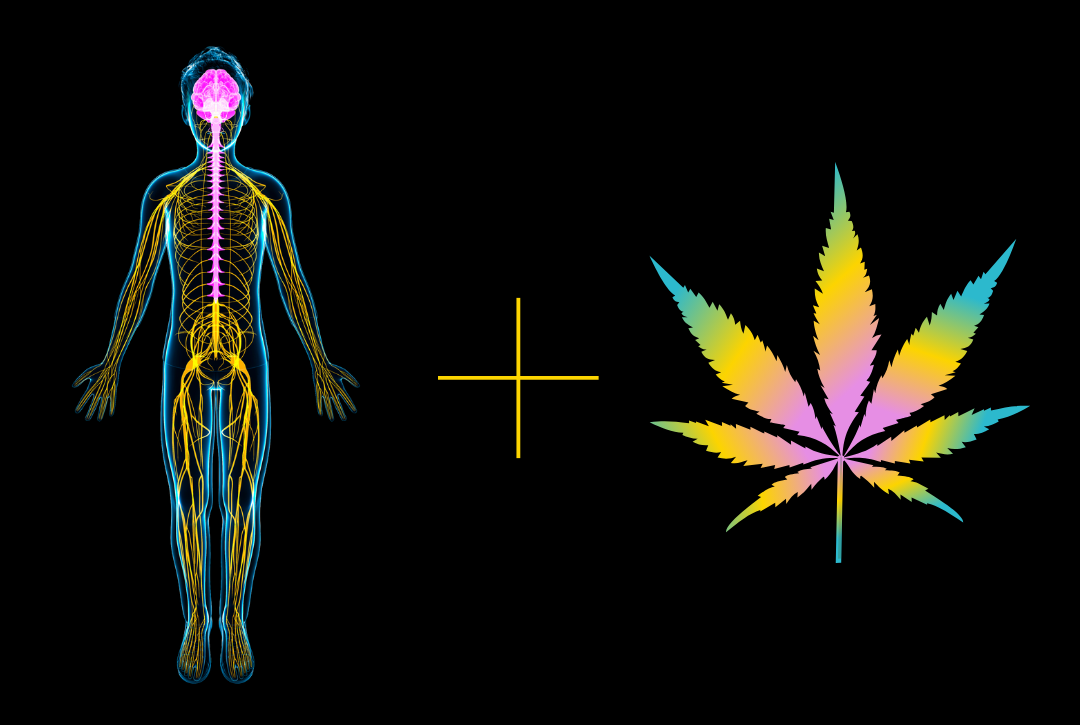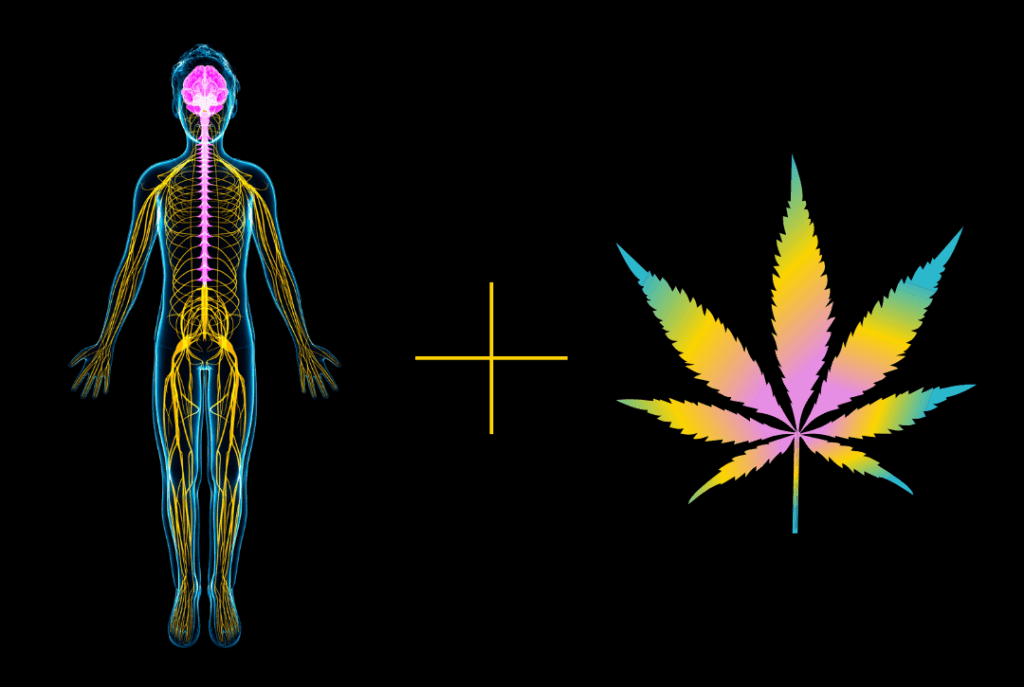

The human body is equipped with a complex internal system that plays a key role in maintaining balance—called the endocannabinoid system (ECS). While this system was only discovered in the early 1990s, it’s now recognized as one of the most important regulators of mood, appetite, memory, immune response, and more.
What makes the ECS especially fascinating is how it interacts with cannabinoids—the active compounds found in hemp and cannabis plants. From well-known compounds like CBD and Delta-9 THC to lesser-known ones like CBN and CBC, each cannabinoid interacts with the ECS differently, leading to a wide range of effects.
What Is the Endocannabinoid System?
The endocannabinoid system is made up of three core components:
- Endocannabinoids – Naturally occurring molecules produced by your body, such as anandamide and 2-AG.
- Cannabinoid Receptors – Located throughout the body, mainly CB1 and CB2 receptors.
- Enzymes – Responsible for breaking down endocannabinoids after they’ve done their job.
The ECS helps regulate a variety of physiological processes, including:
- Sleep
- Mood
- Inflammation
- Memory
- Immune response
- Appetite
Cannabinoid Receptors: CB1 vs. CB2
The two primary cannabinoid receptors are:
- CB1 Receptors: Mostly found in the brain and central nervous system. These receptors are responsible for many of the psychoactive effects associated with THC.
- CB2 Receptors: Primarily located in the immune system, digestive tract, and peripheral organs. These receptors are often associated with immune function and inflammation regulation.
Different cannabinoids bind to or influence these receptors in different ways, which is why they create such distinct effects.
How Different Cannabinoids Interact with the ECS
Delta-9 THC
- Binds directly to CB1 receptors
- Produces strong psychoactive effects
- Influences mood, appetite, and perception
CBD (Cannabidiol)
- Does not strongly bind to CB1 or CB2
- Modulates the ECS indirectly by influencing enzyme activity and receptor behavior
- Often described as non-intoxicating
Delta-8 THC
- Binds to CB1 receptors, but with lower affinity than Delta-9
- Reported to offer a milder psychoactive experience
CBN (Cannabinol)
- Weakly binds to CB1 receptors
- Thought to have more sedative-like effects, though research is ongoing
CBC (Cannabichromene)
- Does not bind directly to CB1 or CB2
- Interacts with TRP channels (transient receptor potential), which are involved in pain, mood, and inflammation
Each cannabinoid’s interaction with the ECS—and other receptor systems like TRPV1—contributes to its unique profile of effects.
The Entourage Effect
Another important concept in cannabinoid science is the entourage effect—the theory that cannabinoids, terpenes, and other hemp compounds work better together than in isolation. For example, while CBD or THC alone have their own effects, their synergy with other cannabinoids like CBG, CBC, or CBN may offer more balanced and nuanced outcomes.
Final Thoughts
The endocannabinoid system is a vital part of how the human body maintains balance—and cannabinoids from hemp and cannabis plants interact with this system in diverse and fascinating ways. Whether you’re interested in the psychoactive effects of Delta-9 THC or the non-intoxicating properties of CBD, understanding how these compounds influence the ECS can help you make more informed decisions about which products to explore.
Disclaimer: This blog is for informational purposes only and does not constitute medical advice. Must be 21+ to purchase hemp-derived cannabinoid products. Always consult a qualified healthcare professional before starting any new supplement or cannabinoid product.
